Lives of Grass: Living Sculptures by Mathilde Roussel
A couple months back, I asked noted toy photographer, Ryan Roberts [interviewed] to visit Nashville’s Cheekwood Museum of Art on my behalf. Since I couldn’t go see Mathilde Roussel’s Lives of Grass living art sculptures myself, I figured Ryan’s master lens would be the next best thing. I wasn’t disappointed, and I made the gif below to show my gratitude.
Mathilde Roussel is a French artist based in Paris. Her work explores the intersection of human and plant elements. From her bio:
She is interested in the cyclic metamorphoses that transform organic matter, whether vegetable, animal or human. Furthermore, Roussel interrogates the ways in which time weighs on our body, leaving its traces as an imprint and thus creating an invisible archive of our emotions, a mute history of our existence. Her work becomes a mapping of the body, an anatomy of the time and space inhabited by our fragile presence in the world.
I saw pictures of her Lives of Grass sculptures, and I was really quite taken with how the grass-covered bodies seemed to float so effortlessly in the air. This being my introduction to Roussel’s work, my first thought was how Lives of Grass looked like how I’d imagine Brendan Monroe might design a Chia Pet. Which is to say: Wonderful!
Lives of Grass illustrates the ephemeral nature of art exhibits in a really beautiful way. The show Ryan visited was a different show than the Nashville Scene saw, and both were different from the photos of the pieces Roussel posted on her website. She writes:
Lives of Grass sculptures show the effects of transformation of the material as a metaphor of the transformation of the body. Time sculpts the forms, makes them change and then decay. The natural world, ingested as food becomes a component of human being. These sculptures strive to show that food, its origin, its transport, has an impact on us beyond its taste. The power inside it affects every organ of our body. Observing nature and being aware of what and how we eat might make us more sensitive to food cycles in the world – of abundance, of famine – and allows us to be physically, intellectually and spiritually connected to a global reality.
Being connected to reality has its pros and cons, but I agree with Roussel on her points about global reality and the natural world. I think she’s right, and I like the way her work makes her point.
There are so many great photos from the exhibit that I’m going to break them into two posts; the second one (the “non-grassy” works from Mathilde Roussel’s Anatomia Botanica) will be published at a later date. Thanks again to Ryan Roberts for checking this out and reporting back! Lovely stuff.

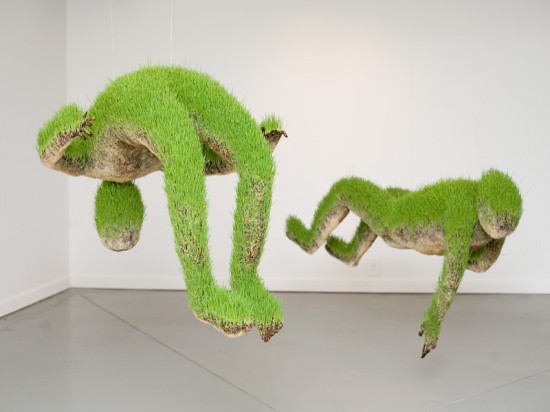
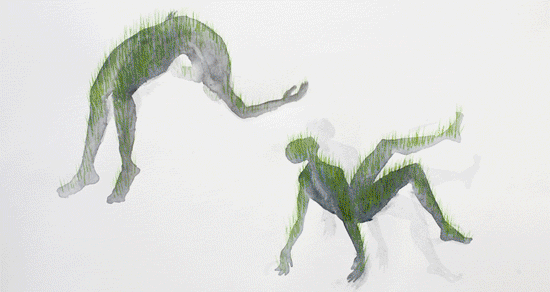
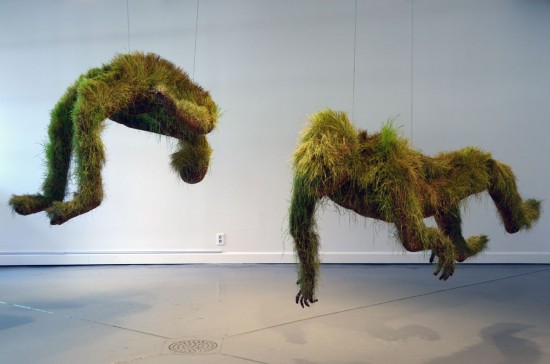
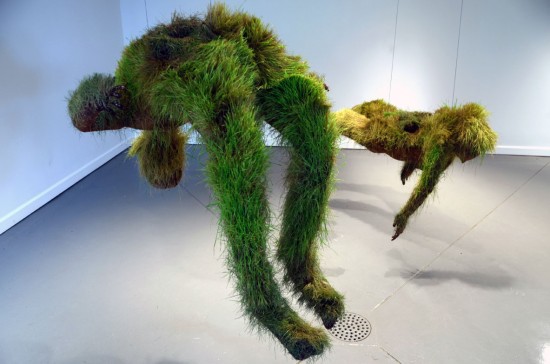
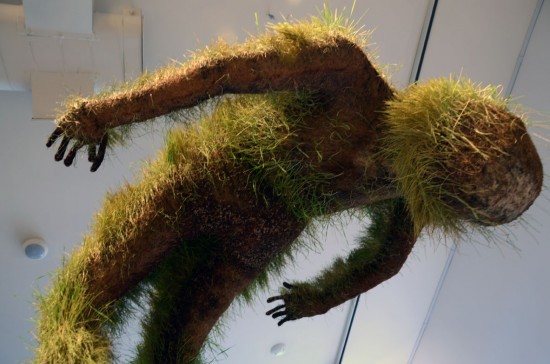
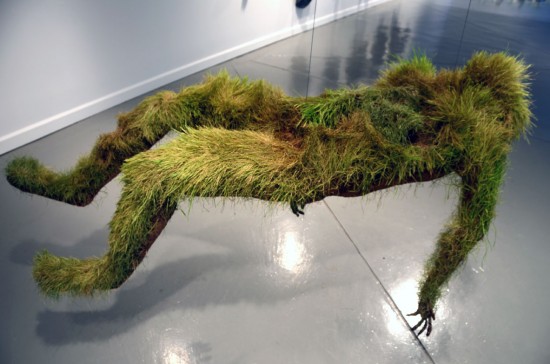
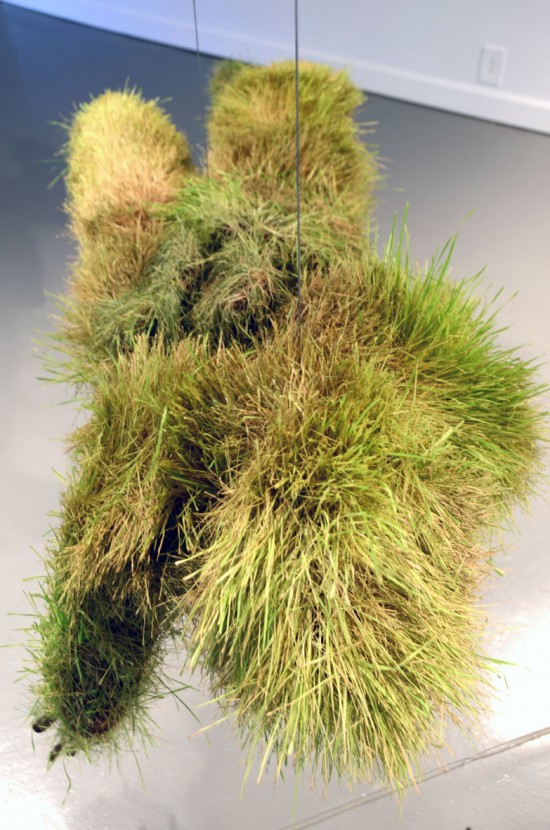
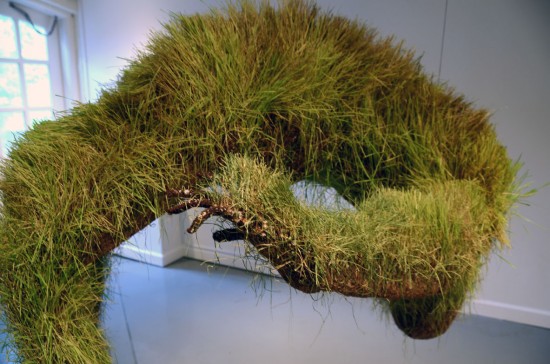
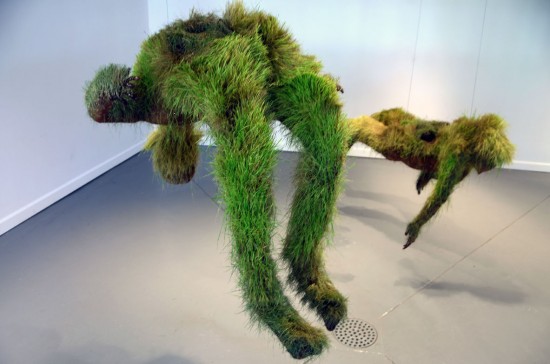
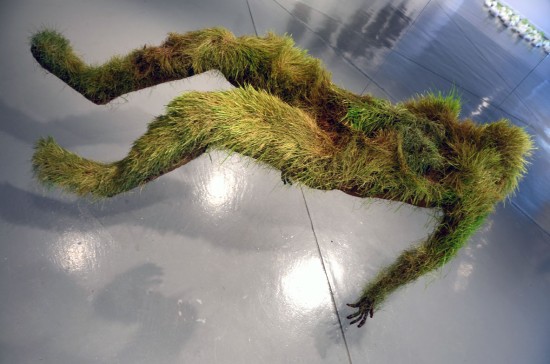
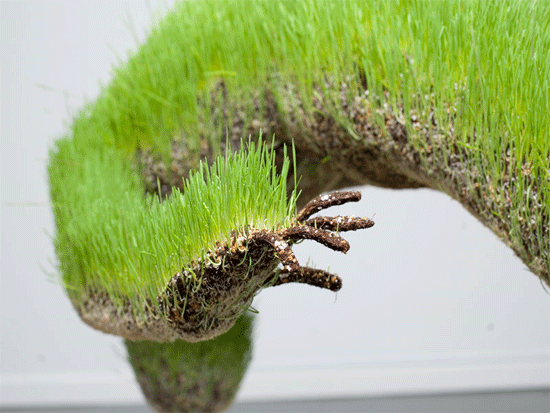
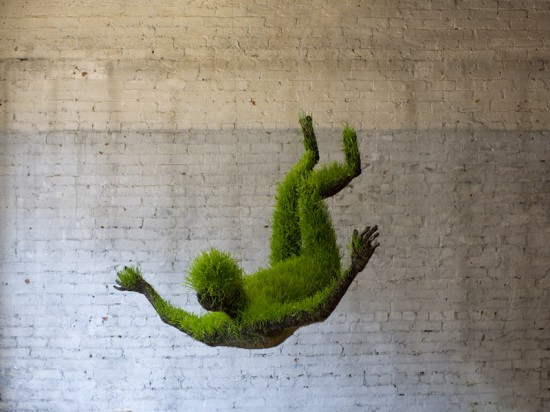
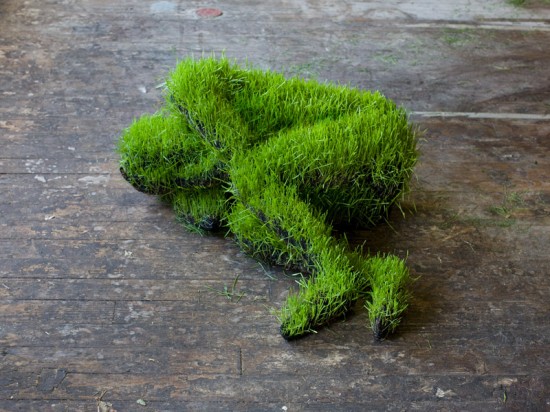

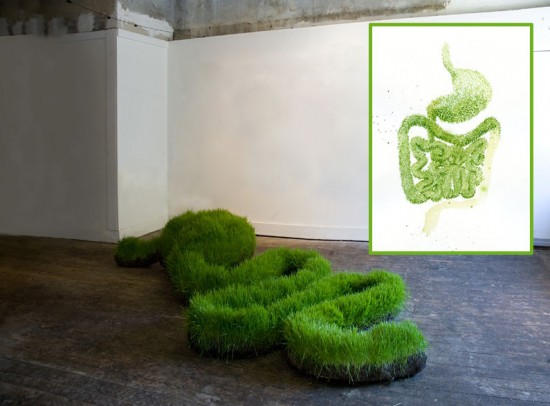
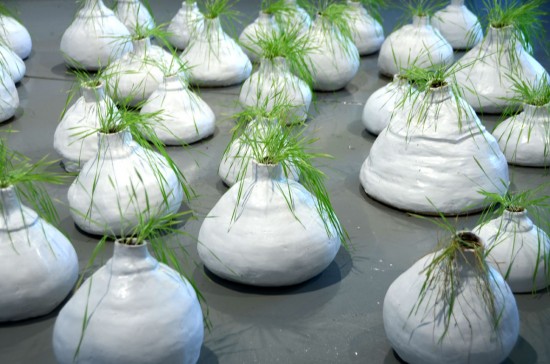
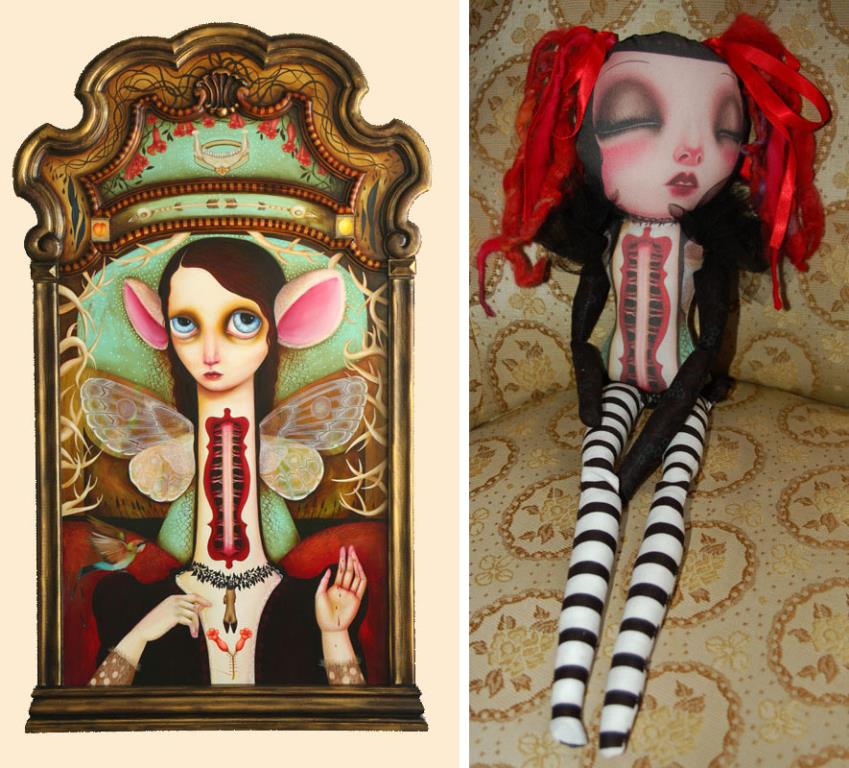
That’s wonderful! I bet they have to be watered though. That could get messy. I think the gallery should use those water globe things b/c the work would look pretty wacky with a big colorful globe sticking out of its chest.
Thanks for sharing this work, but I’m curious. There’s no such thing as “Nashville’s Museum of Art.” Where was this exhibition? The Frist? Cheekwood? The Tennessee State Museum? And @crazylikeafox11, no gallery or museum would do that. A decision like that would be up to the artist, and I’m not sure the artist’s goal here is to stick giant globes on her work to make it look “pretty wacky.”
Oops! Thanks Ann V. It is indeed The Cheekwood. I added a link, and when I post the rest of the show, you’ll be able to see more of the museum and botanical gardens.